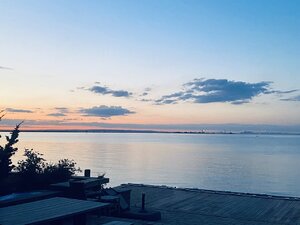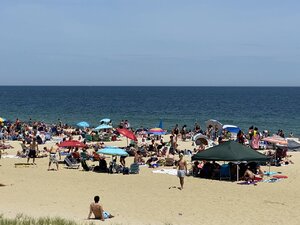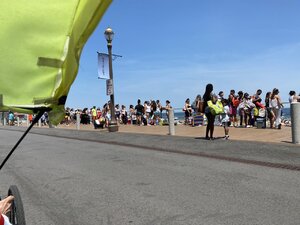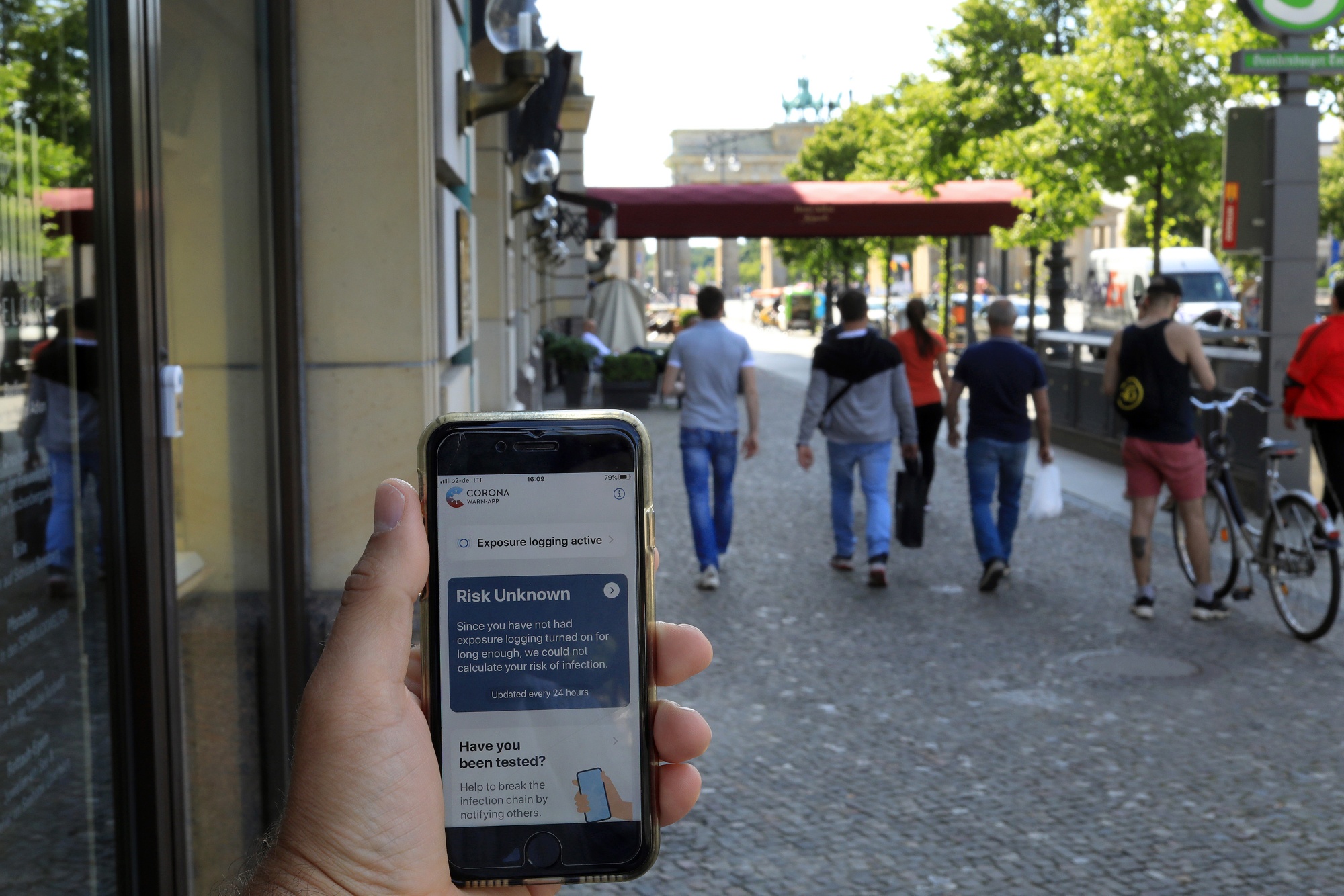- Joined
- Jun 8, 2008
- Messages
- 56,727

Global Coronavirus Caseload Passes 7 Million (Published 2020)
The W.H.O. warned that the pandemic appeared to be worsening, and said that asymptomatic transmission was not a significant factor in how the virus spreads. China is using Twitter to drown out criticism during the pandemic.
“
LIVE UPDATES
Updated
June 8, 2020, 6:05 p.m. ET2 minutes ago
2 minutes ago
Coronavirus Live Updates: The Outbreak Is Worsening Globally, the W.H.O. Warns
New York City tentatively starts to reopen, 100 days after its first case. U.S. hospitals laid off staff members even as they received bailouts.
RIGHT NOW
President Trump has instructed campaign aides to arrange for him to resume large political rallies in the coming weeks.
Here’s what you need to know:
- New daily cases hit a record high on Sunday, the W.H.O. says.
- As New York City starts reopening, some businesses take tentative steps to return.
- As its death toll soars, Brazil scrubs statistics from a government website.
- Trump wants to restart large campaign rallies within weeks.
- Meatpacking plants and prisons continue to drive outbreaks in U.S. hot spots.
- U.S. hospitals received billions in bailout grants as C.E.O.s got millions.
- Older adults remain isolated despite reopening. Volunteers are there to help.
Sign up to receive an email alert when we update our live coronavirus coverage.Sign Up
Video
Back
-0:00
TRANSCRIPT
‘The Pandemic Remains a Public Health Emergency,’ W.H.O. Says
The World Health Organization extended its declaration of a global health emergency as the coronavirus pandemic continues to grow.
The Covid-19 crisis has illustrated that even the most sophisticated health systems have struggled to cope with a pandemic. W.H.O. has grave concerns about the potential impact the virus could have as it starts to accelerate in countries with weaker health systems. Of course, the pandemic remains a public health emergency of international concern. We will continue working with countries and partners to enable essential travel needed for pandemic response, humanitarian relief and cargo operations, and for countries to gradually resume normal passenger travel.
0:44
‘The Pandemic Remains a Public Health Emergency,’ W.H.O. Says
The World Health Organization extended its declaration of a global health emergency as the coronavirus pandemic continues to grow.CreditCredit...Sarah Blesener for The New York Times
New daily cases hit a record high on Sunday, the W.H.O. says.
The number of new daily cases worldwide hit a new high on Sunday, the World Health Organization reported on Monday, warning that the pandemic appeared to be worsening and urging countries that had seen improvement to remain vigilant.
“More than 100,000 cases have been reported on nine of the past 10 days,” Dr. Tedros Adhanom Ghebreyesus, the organization’s director general, said at a briefing on Monday. “Yesterday, more than 136,000 cases were reported — the most in a single day so far.”
He said that three-quarters of the new cases reported on Sunday came from just 10 countries, mostly in the Americas and South Asia. While the situation in Europe has improved, Dr. Tedros issued an appeal to countries that had been seeing positive signs, warning them that “the biggest threat now is complacency.”
The pandemic has sickened more than 7,033,100 people worldwide, according to a New York Times database, and as of Monday afternoon, at least 403,300 people had died. More than a quarter of the deaths have been in the United States.
Dr. Tedros urged people to take care as protests against racism drew crowds around the world, calling for demonstrators to practice social distancing, wear masks, wash their hands, cover their coughs and stay home if they were sick.
“We continue to urge active surveillance to ensure the virus does not rebound, especially as mass gatherings of all kinds are starting to resume in some countries,” Dr. Tedros said. “W.H.O. fully supports equality and the global movement against racism. We reject discrimination of all kinds. We encourage all those protesting around the world to do so safely.”
Here are other developments from around the world:
- A 14-day quarantine period for all travelersarriving in Britain took effect on Monday, to the anger of the country’s travel industry and doubts over the practicality of the new rules. Those entering Britain by air, ferry or train will have to provide an address at which they will isolate, with a fine of up to £1,000, or about $1,200, for violations.
- With cases rising sharply in Israel, Prime Minister Benjamin Netanyahu announced on Monday that the country would “put the brakes” on plans to relax more restrictions in the days to come. He urged Israelis, many of whom have stopped wearing masks, to follow the Health Ministry’s guidelines. “For the sake of our economy, health and lives, I ask you to heed the rules,” he said.
- Canada reopened its border on Monday to immediate family members of Canadian citizens and permanent residents. Anyone showing symptoms will remain barred, and everyone will be required to quarantine for 14 days. A border agreement between Canada and the United States is set to expire June 21.
- The Polish Health Ministry reported 1,151 new cases over the weekend, a record for the country. More than half came from the Silesia region in southwest Poland, an area famous for its coal mines.
- Prime Minister Imran Khan of Pakistansaid he expected the virus to peak in the country by the end of July or August and urged residents to take precautions. Pakistan has seen a sharp rise in cases over the last week, surpassing 100,000 confirmed infections and more than 2,000 deaths.
- New Zealand has no active cases and no new cases, officials announced on Monday, declaring that life could now return to a form of pre-pandemic normal.
For the first time in months, New York City was officially back in business on Monday, with as many as 400,000 people returning to work in construction, manufacturing and limited retail operations.
“We’re not out of the woods, but we are on the other side, certainly,” Gov. Andrew M. Cuomo said.
The first coronavirus case was confirmed 100 days ago in the city that became a center of the pandemic, where more than 205,000 people were infected and 22,000 people died. On Sunday, there were an additional 35 deaths statewide, and the city’s health commissioner said on Monday that the city was still in “a moderate transmission phase.”
Major challenges remain. More than 885,000 jobs vanished, and the city budget hemorrhaged tax revenue and now faces a $9 billion shortfall over the next year. Here’s what reopening looks like on Day 1:
- To allay concerns about a typically crowded subway system, Mr. Cuomo rode the 7 lineon Monday morning. “If the subway isn’t safe for me, then I wouldn’t ask anyone else go on the subway,” he said afterward.
- To provide alternatives, Mayor Bill de Blasio announced that the city would add more bus lanes and close some streets to cars to allow buses to move more quickly, though it was not as many miles as the transit agency had requested.
- Hospitals in the city can now resume elective surgeries, Mr. Cuomo said, as the need for hospital beds has lessened.
- The reopening has also been complicated by the vast, mostly peaceful protests for racial justice. The governor reiterated that protesters should get tested and to consider themselves exposed. He also urged police officers to wear masks after photographs showed that many were not.
- Some retailers are waiting for tensions to ease, and many stores in the city remain closed. “I think New York City needs a week or two of healing before a week or two of selling,” said Ken Giddon, a co-owner of Rothmans, a small clothing chain with a flagship near Union Square.
- Many businesses that rely on commutersand office workers anticipated slow traffic until more people went back to work. At Rainbow Bakery in Jackson Heights in Queens, “normally, we have a lot of people picking up things on the way to work,” said Colleen Lau, a server wearing a plastic face shield over a surgical mask, while standing behind a plexiglass counter barrier.
- At Gift Man in Park Slope in Brooklyn, Maggie Russo was worried about paying rent after weeks of online sales and with few shoppers looking for souvenirs. “I’m happy I’m alive and I didn’t get the virus, but do you want to be alive and broke and not have money to pay the rent?” she said.
- Some New Yorkers were thrilled to be out again. “Like a lot of people in my situation, I’m so fed up being in my apartment, eating my own cooking,” said Michael Gilsenan, a college professor, after finishing his coffee and cake outside a bakery in Greenwich Village. “I don’t even like cheesecake!”
- While areas surrounding the city will enter the next reopening phase this week, Mr. Cuomo was cautious about the city’s timeline. He also warned in an interview on NY1 that officials could reimpose restrictions if the virus showed signs of returning.
“












300x240.png)